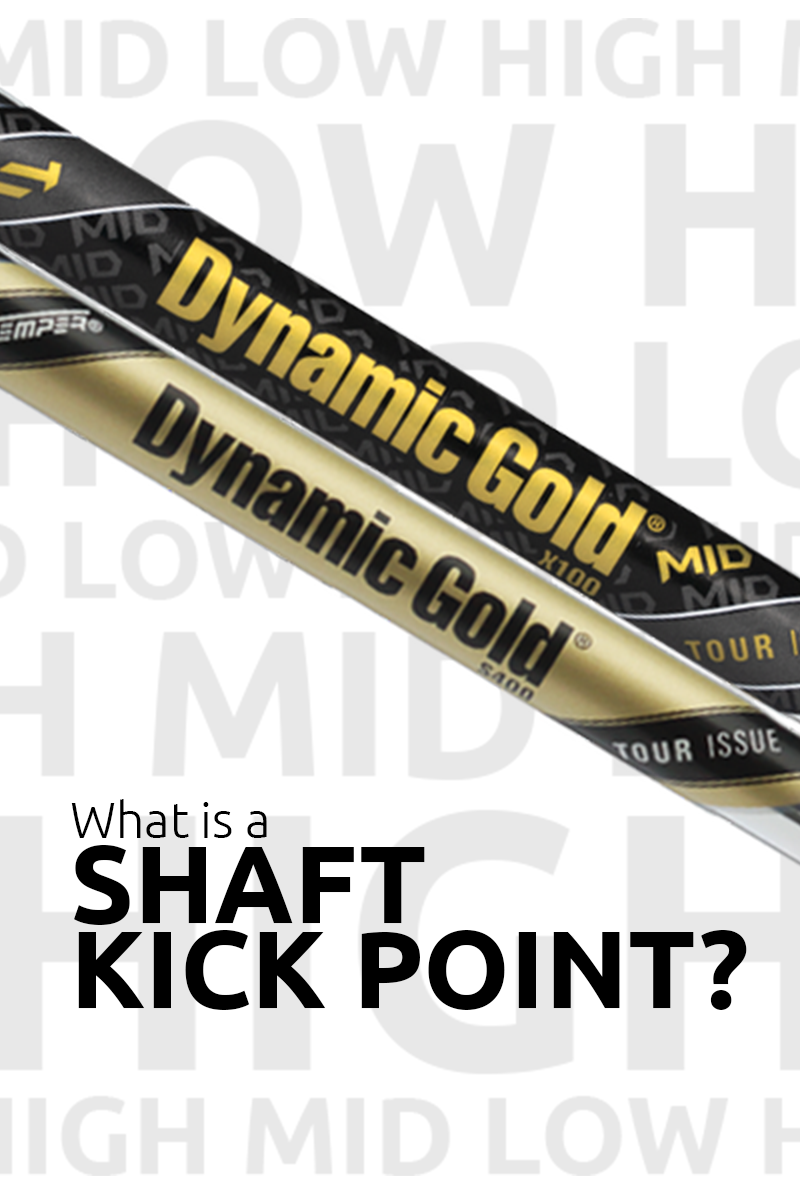
What is
‘Shaft Profile’?
One of the more misunderstood concepts in golf equipment is what the profile of the golf shaft is and why it matters to your buying decision. You’ll notice in a retail environment that the same head will be available with different shafts, and the decision of which shaft to go with can make or break the success of that new club. With some help from our sponsors at True Temper Golf and their new Gen 4 lineup of HZRDUS woods shafts, we’ll break down what shaft profile actually means and how it impacts your buying decision.
Every oem offering has a different selection of shafts, but typically you’ll notice that you can choose between a lower launching shaft or a higher launching shaft. Those launch characteristics come from the profile of the golf shaft offered. That profile can be characterized by the properties of the sections of the golf shaft in relation to one another.
As we’ve mentioned in our ‘parts of the golf shaft’ breakdown, which you can read back in the learning center, the golf shaft can be thought of in 3 sections. The tip section, which is connected to the club head, the middle section, in-between the tip and the handle, and the handle or butt section of the shaft which is the part of the shaft under the hands. How each one of these sections is constructed, and how those sections behave during the golf swing defines the profile of that golf shaft as well as the predicted launch characteristics of that shaft offering. You’ll typically see each section of the shaft listed with a dedicated stiffness rating.
A general rule of thumb is that the stiffer the tip section is the lower that shaft will launch and the softer that tip section is there higher that shaft will launch. The opposite can be typically said for the handle section of the shaft where a softer handle will lower launch while a tighter handle will help increase launch. The midsection presents the transition from tip to handle, and its effects are often undervalued. A softer midsection will typically aid in higher launch properties, while a stiffer midsection will stiffen up the overall profile of the shaft lowering launch properties.
The Traditional Styles
Shaft profiles are typically batched into three categories. Low Spin / Low Launch like the HZRDUS Black, Mid Spin / Mid Launch like the HZRDUS Silver, and High Spin / High Launch like the HZRDUS Red CB. It used to be that shafts also fell into basically three buckets of profiles. Low/Low shafts would have tight tips and soft handles, mid shafts would have a smooth profile with a tighter handle and a firm but not tight tip section, and high/high shafts would have really tight handles with a gradually softer midsection leading into a very soft tip section. Today’s market has evolved past those typical buckets, and while some of those principles may still exist, new materials and construction methods have made it possible to get more creative with the profile of a golf shaft. Lots of companies have started shifting all of their profiles to be an overall tighter standard to keep up with the more athletic golfer of the modern game.
Find What Works
Next time you find yourself looking to purchase some new clubs, take a look at the shaft offerings available and don’t be afraid to step into a demo bay and see how those options react to your swing.You may surprise yourself and it could possible save you from purchasing something that should work “on paper”.
Thanks to our sponsor True Temper Golf for supplying us with the product you saw in this topic. For more information on all True Temper Golf products and accessories check out truetempersports.com/golf











